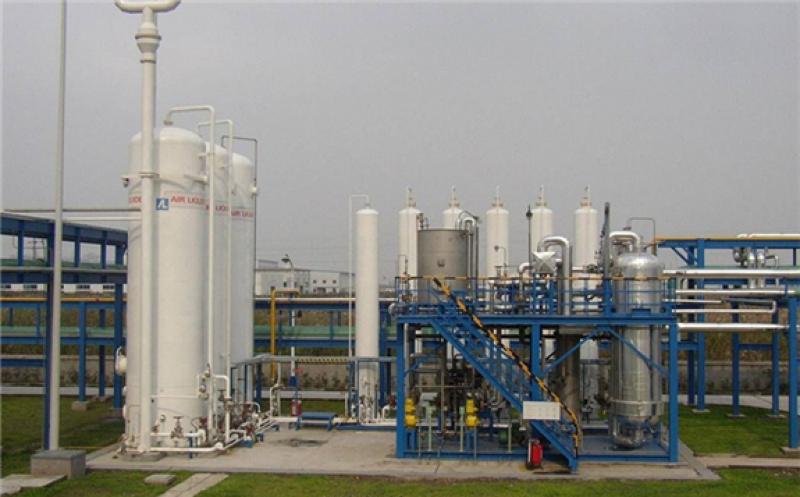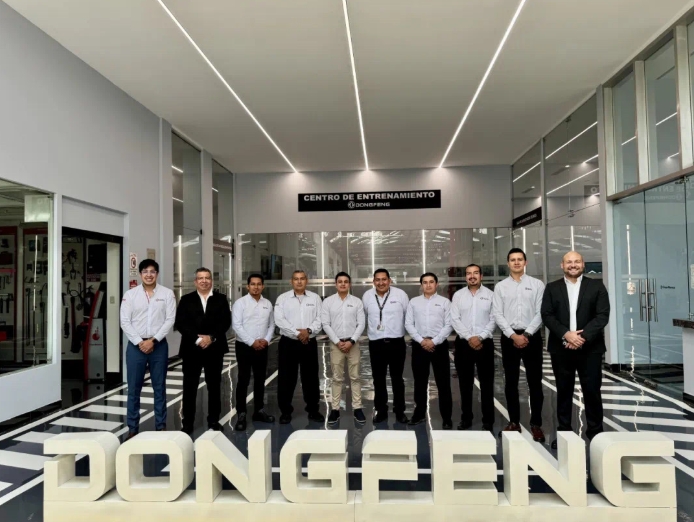Methanol–water reforming could prove to be a promising solution for hydrogen production/transportation in stationary and mobile hydrogen applications. However, developing inexpensive catalysts with sufficiently high activity, selectivity, and stability remains challenging.

A team from Peking University and colleagues have now developed a nickel-supported over face-centered cubic (fcc) phase α-MoC catalyst which exhibits extraordinary hydrogen production activity in the aqueous-phase methanol reforming reaction.
Under optimized conditions, Ni/α-MoC exhibits a hydrogen production rate of 2%—about 6 times higher than that of conventional noble metal 2% Pt/Al2O3 catalyst.
In a paper in the Journal of the American Chemical Society, the team reported that Ni is atomically dispersed over α-MoC via carbon bridge bonds, forming a Ni1–Cx motif on the carbide surface. Such Ni1–Cx motifs can effectively stabilize the isolated Ni1 sites over the α-MoC substrate, rendering maximized active site density and high structural stability.
In addition, the synergy between Ni1–Cx motif and α-MoC produces an active interfacial structure for water dissociation, methanol activation, and successive reforming processes with compatible activity.
Resources
Lili Lin, Qiaolin Yu, Mi Peng, Aowen Li, Siyu Yao, Shuheng Tian, Xi Liu, Ang Li, Zheng Jiang, Rui Gao, Xiaodong Han, Yong-wang Li, Xiao-dong Wen, Wu Zhou, and Ding Ma (2020) “Atomically Dispersed Ni/α-MoC Catalyst for Hydrogen Production from Methanol/Water” Journal of the American Chemical Society doi: 10.1021/jacs.0c10776







